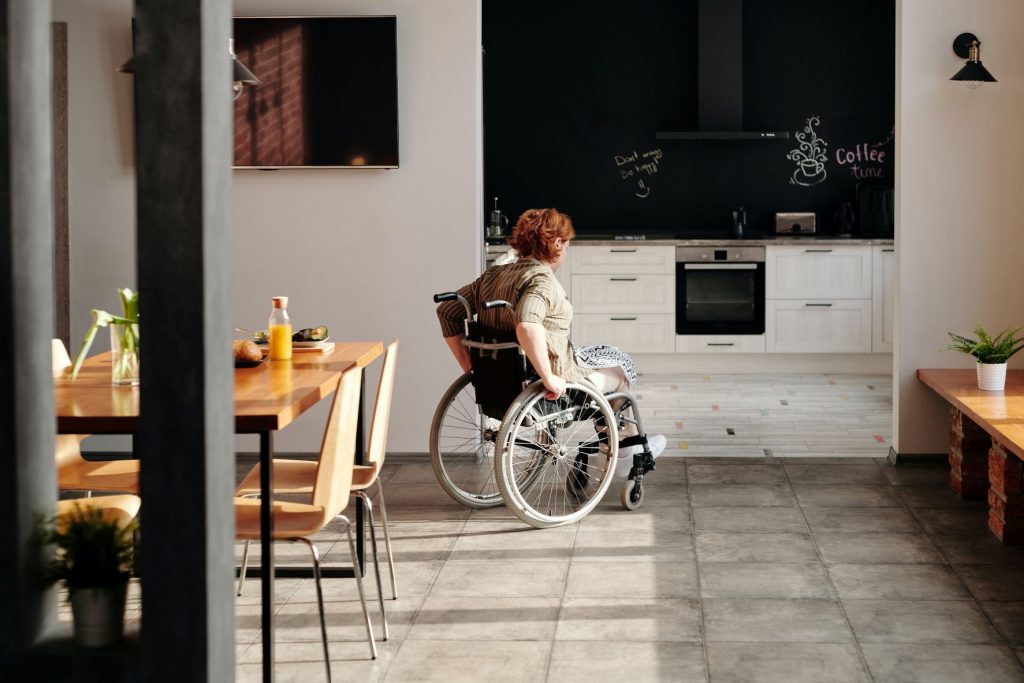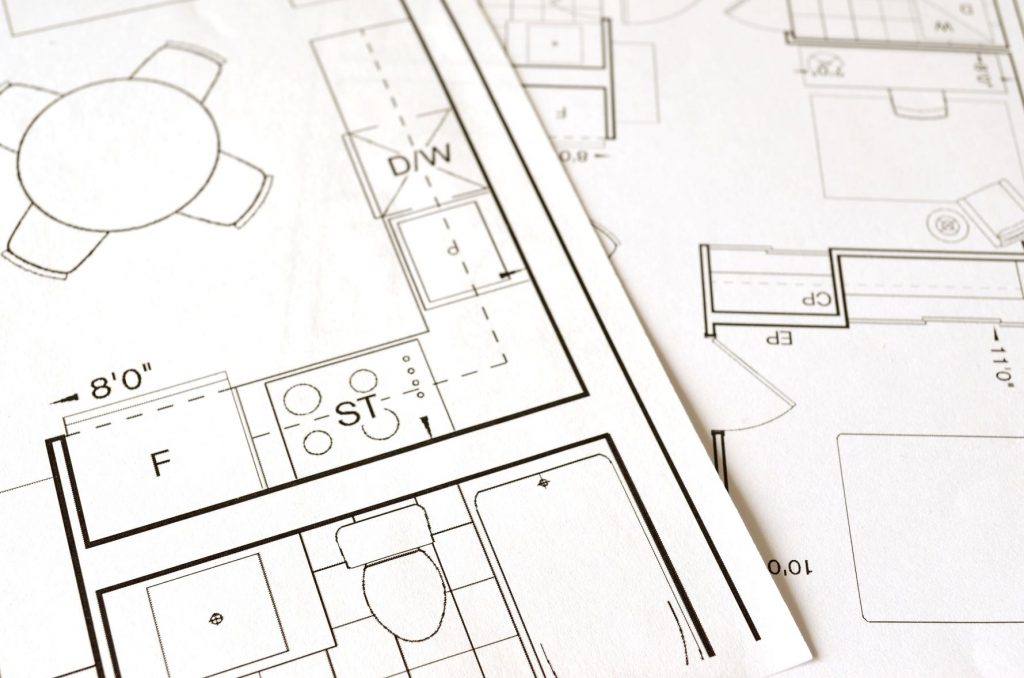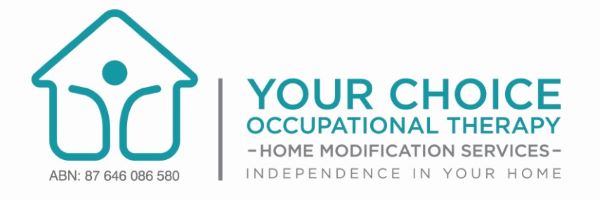Services

Home Modifications
Assessment and Prescription
When planning your home modification, it is important to involve an Occupational Therapist as they have a professional skill set that considers many additional aspects of design and personal requirements than a builder alone is trained to provide. The Occupational Therapist will work with you and the builder to prescribe the best possible solution that focuses on you, your family, your goals, your health, your age and what stage of life you are transitioning through.
In addition to process it is important to understand the benefits home modification can provide. The benefits of well prescribed home modification and good design include:
- Future-proofing your home enabling you to stay there longer
- Making your home easier to access, use, and move around in for you and others living with, and visiting, you
- Making your home safer for you and those living with and visiting you
- Opening up the possibilities of who can visit by not creating barriers to those who have different requirements (e.g. ageing family and friends with a disability, parents with a child in a pram or stroller, or even yourself, if you have an injury or accident)
- An aesthetically pleasing result that won’t impact on resale in the future. Home modifications can be very appealing and pleasing to the eye.
- Your home will be one of few that has design features that will appeal to a broader market.
The benefits of modifying your home are enormous and far outweigh any possible disadvantage if there are any.

NDIS Complex Home Modifications
NDIS Participant Handbook for engaging Your Choice Occupational Therapy
Assessment and Prescription and Application
Home Modification explained by the NDIS
The NDIS states the following:
“Home modifications are changes to the structure, layout or fittings of a participant’s home so they safely access it and move around comfortably in areas they frequently use.
Home modifications may be included in your plan if:
- due to the impact of your disability, you or your carers cannot reasonably access and use frequently used rooms and spaces in your primary residence;
- your primary residence, in its current condition, has significant and adverse impacts on the sustainability of current living and care arrangements; and
- a suitably qualified Occupational Therapist has performed an assessment and recommended home modifications, considering all possible alternatives, including the use of equipment.
As with any building work, there are laws and regulations that need to be adhered to when undertaking home modifications under the Scheme.”
https://www.ndis.gov.au/participants/home-equipment-and-supports/home-modifications-explained
Complex Home Modifications under the NDIS
The NDIS states the following:
“Depending on the scope and complexity of the proposed home modifications, you may follow different processes. When complex home modifications (generally level 4) are being considered, the NDIA may also fund oversight by a project manager or independent building certifier.
A suitably qualified Occupational Therapist will generally be required to certify the effectiveness of the modification to meet your goals and likely future needs (during design and on completion of the works).”
https://www.ndis.gov.au/participants/home-equipment-and-supports/home-modifications-explained
Your application and how we help
It is a requirement under the NDIS that an Occupational Therapist is involved in the prescription of any Assistive Technology (AT) equipment, minor home modification, or complex home modification. Occupational Therapists who prescribe Complex Home Modification require an additional level of training, qualification and understanding due to the complexity of these prescriptions and the high costs associated with the changes to your home environment. It is important to determine that your OT has this skill set prior to engaging them.
The approval for equipment and modifications is governed by rules. The rules are strict and need to be met before anything is approved under the NDIS.
Your Choice OT Home Modification Services will guide you through the NDIS process and be there to help you understand it and answer any questions that may arise.
Your OT will:
- Come and meet you and your family to learn more about your needs
- Complete the initial home assessment
- Complete the NDIS report (using the required acceptable template)
- Create a scope of works for the modifications and/or equipment script
- Source quotes from builders, contractors and equipment suppliers
- Provide a draft of the application for your approval prior to submitting the application to the NDIS
- Submit the application to the NDIS
- Answer any questions the NDIS have regarding the report and recommendations
- Liaise with the builder throughout the building process
- Provide a follow up consultation to ensure the modifications and equipment are as prescribed and they are working for you.

Assistive Technology & Equipment
Assessment and Prescription
Assistive technology (AT) is equipment that makes life easier, safer and promotes independence.
Sometimes assistive technology is a simpler solution than progressing down the route of home modification. Sometimes it is used to supplement home modification and other times there simply isn’t an equipment solution and home modification will be required. The assessment and prescription of assistive technology is completed by a health professional working closely with you and those who support you.
Assistive technology used within the home that isn’t directly related to mobility and communication is generally prescribed by an Occupational Therapist. The Occupational Therapist will work with you to identify goals, suggest possible assistive technology solutions, trial equipment, ensure the environment suits any potential prescription, and then complete the paperwork to make the prescription. Following the prescription, they will also make sure that once your AT is received that it is suitable, in good working order and make any adjustments to ensure it is fitted best to you.
The benefits of using AT are vast including
- Independence
- Safety
- Speed
- Efficiency
- Energy conservation
- Capacity building
- Social participation
- Goal achievement.
Other factors to keep in mind when considering an AT solution:
- AT will generally be cheaper than a home modification (dependent on what it is)
- AT can be a less invasive option and cause less general disruption with its introduction
- AT can generally be organised and obtained relatively quickly
- AT can be used as an interim option while you await a long-term home modification solution
- AT is a less permanent option compared to a structural change to your home
- AT is generally more portable for relocation to other environments if required (eg. for holidays or visiting friends or family
If there is an Assistive Technology solution this should be considered first however future proofing for the long term is also very important. A larger outlay of funds for a home modification has the potential to reduce a long process of short term band-aid solutions that will eventually no longer be usable or viable.

The Process
Step 1:
The process begins with your referral. This may come directly from you or through someone acting on your behalf. It is important early in the process that we are sure your funding body (if you aren’t self-funding) has correctly identified home modifications as a need, and that an allowance has been made in terms of your available funds. To determine this, we will ask you for confirmation. This may come in the form of an NDIS Plan, a letter from a funding body, a My Aged Care referral, etc.
To submit your referal please email directly to admin@yourchoiceot.com.au
Step 2:
The second step to this process is to meet with you so we can learn about your goals for yourself and your living environment. We will discuss the possible options that may assist you with achieving these goals. We prefer to meet face-to-face so we can see your home environment first hand.
From there, if you decide you would like to proceed with our service and we agree that a home modification or equipment is needed, then we proceed to the next step. Sometimes this step is not required, and we can move immediately to step 3.
Step 3:
Once it is clearly determined that everything is in place to start the application process, we will provide you with a service agreement. A service agreement is a quote outlining the services we will provide and the cost of those services. Our clinical service fees are exactly in line with those recommended by the NDIS (found in the NDIS Price Guide).
In addition to the fee for assessment, reporting and administration, it is important that you are aware there are fees for travel to you if you live further than 10 kilometres away from our office in Salisbury, Brisbane.
The service agreement needs to be signed before we proceed to the next stage.
Step 4:
Sometimes we are able to completely bypass step 2 and move onto step 4 with a signed service agreement. Once the service agreement is signed, we will book an appointment to come to see you in again in your home or use video technology to connect. At the start of the appointment we will briefly recap your goals and expectations to make sure nothing has changed.
If needed, we will arrange for a builder to arrive during this appointment to help advise both you and us of the structural requirements and limitations of any of the recommendations. They also have some great ideas about design. Having the builder at the initial visit helps speed up the overall process.
Step 5:
The modification process commences.
The Occupational Therapist will be planning and designing your home modification in collaboration with the builder. All necessary quotes will be obtained, compiled, and sent firstly to you and then to the funding body for approval.
When approved, the building work can commence. Your Occupational Therapist is available throughout the process to assist and/or answer any questions should they arise.
Time-frame
The time-frame from our initial meeting to the finalised building works can take some time. It really depends on the funding body and how quickly the approve the submission. It is not unusual for the process to take 6 or 9 months. We aim to work with you to move through the beginning application stages quickly so we can gain approval and building can commence as soon as possible.

